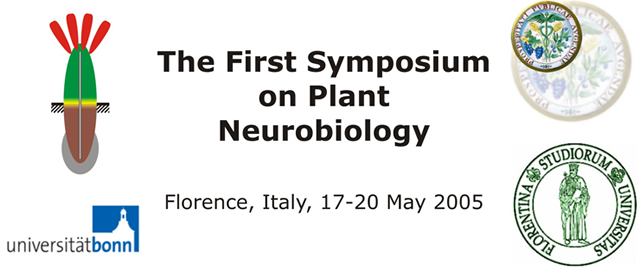|
Blue Light-Regulated Vesicular Recycling of Phototropin1 in the Root Transition
Zone |
| |
|
Ying-Lang Wan1, Halina Gabrys2, František
Baluška1, Diedrik Menzel:1,* |
1 Institute of Cellular and Molecular Botany,
University of Bonn, Kirschallee 1, D-53115 Bonn, Germany
2 The Jan Zurzycki Institute of Molecular
Biology, Jagiellonian University, Krakow, Poland |
| *email:
dmenzel@uni-bonn.de
|
| |
|
Phototropin is essential for
phototropism of plants. Phototropin 1 is a 120kD ser/thr kinase, which can receive photons through the LOV
domain at the N-terminus. The changes in conformation of the LOV domain activate the C-terminal kinase domain,
leading to the autophosphorylation of PHOT1. But how the signal is transduced into the cell and leads to the
bending response is still unknown. Our studies use Arabidopsis seedlings transformed by a GFP-PHOT1 construct
expressed under the control of endogenous promoter. We have found that PHOT1 recycles between the plasma
membrane at cross-poles and endosomes in cells of the root apex transition zone. The recycling pathway is
active at a basal level even in darkness and under low light-condition, but can be stimulated by blue light.
Stimulation is dependent on the light intensity, and therefore could be the mechanism for sensing the light
gradients when the plants are illuminated unilaterally. PHOT1 recycling requires an intact actin cytoskeleton
and is sensitive to Brefeldin A (BFA), an exocytosis blocker. BFA induces formation of PHOT1-enriched
endocytic compartments. The amount of PHOT1 within these BFA-induced compartments is enhanced by blue light in
correlation of the light intensity. This recycling pathway can be affected by ROS, suggesting that PHOT1 could
participate in stress response pathways. |

